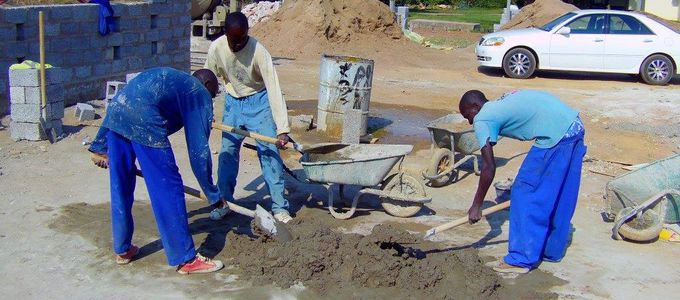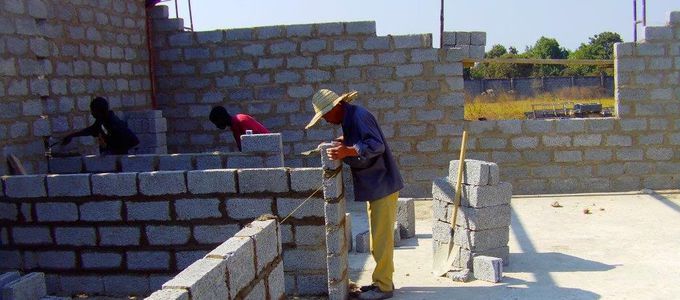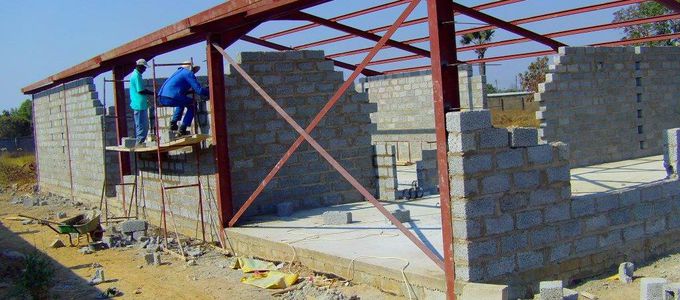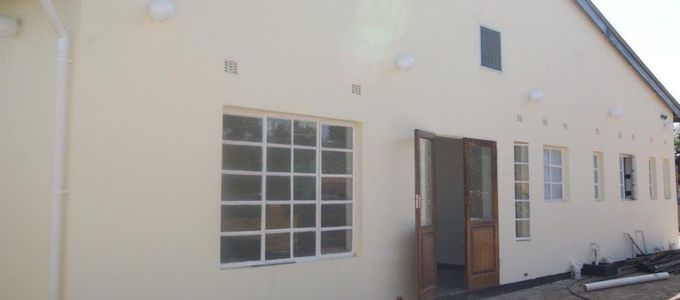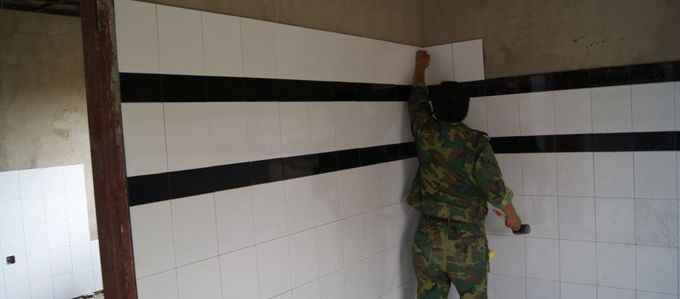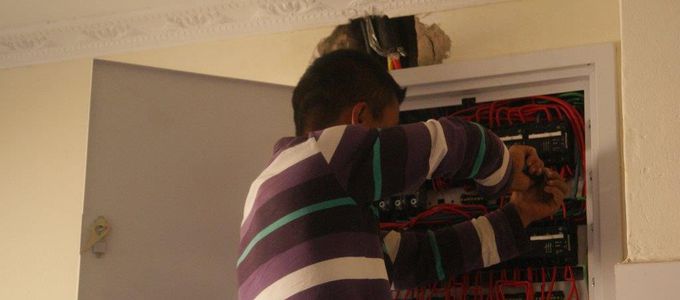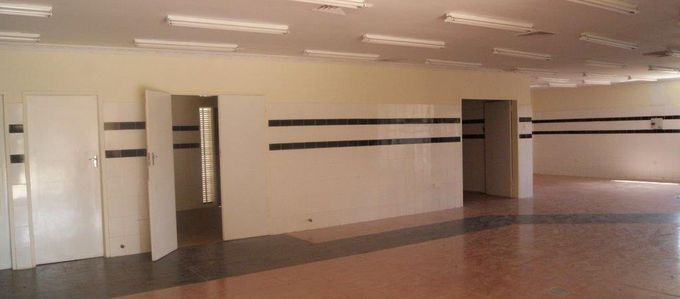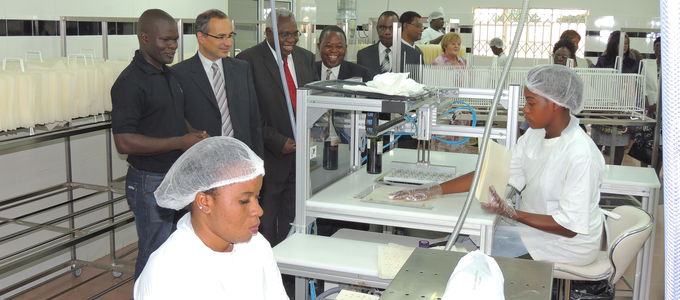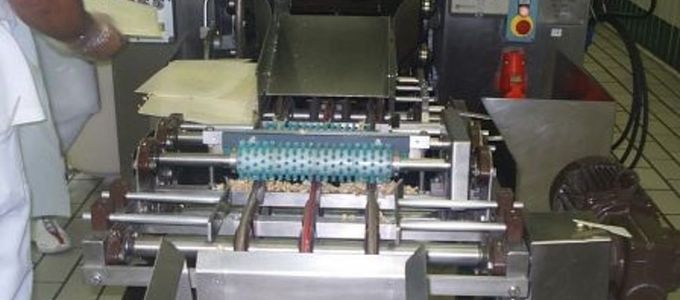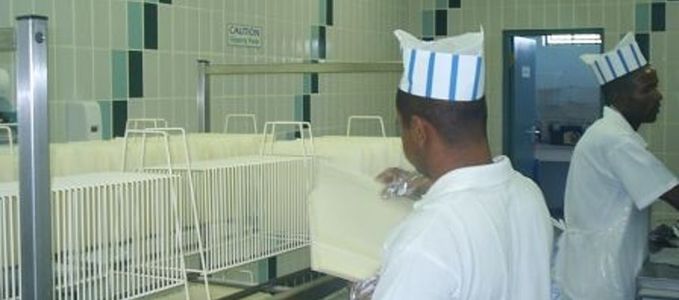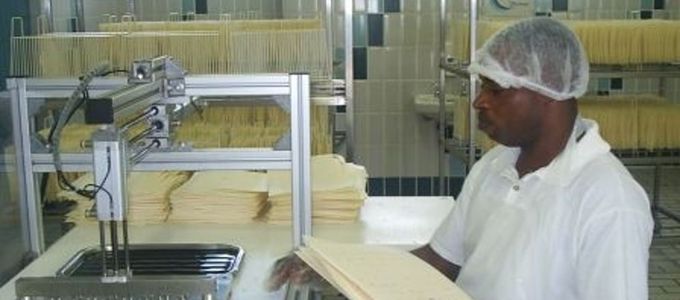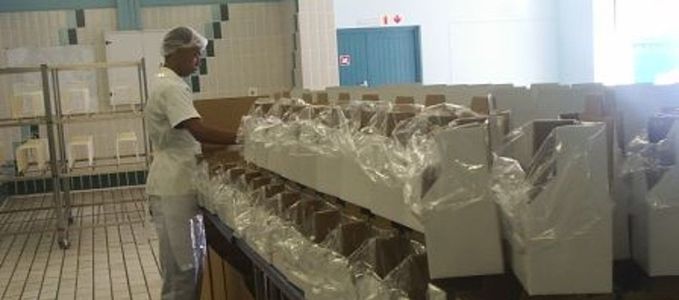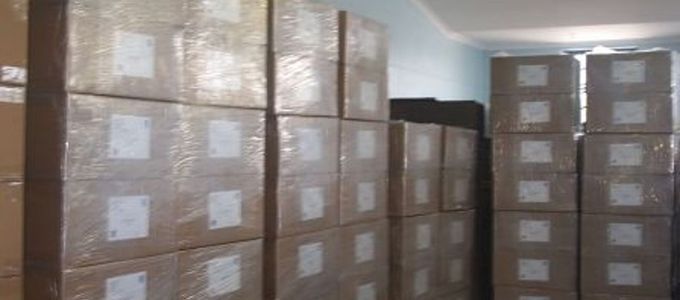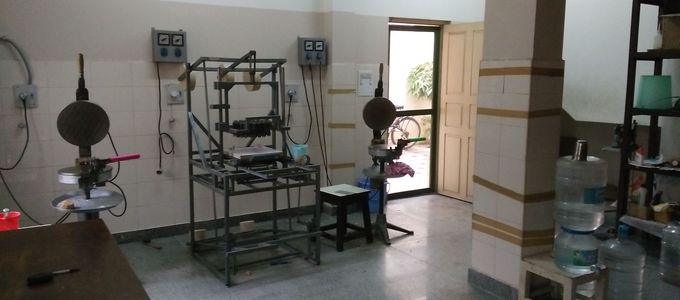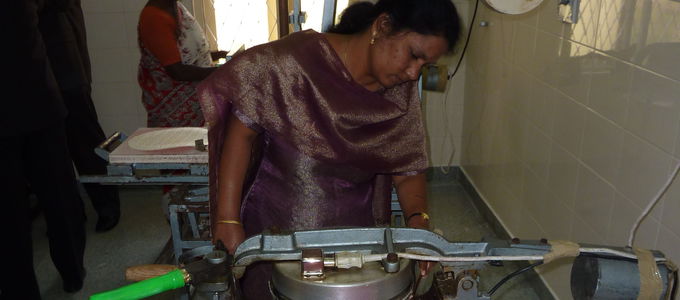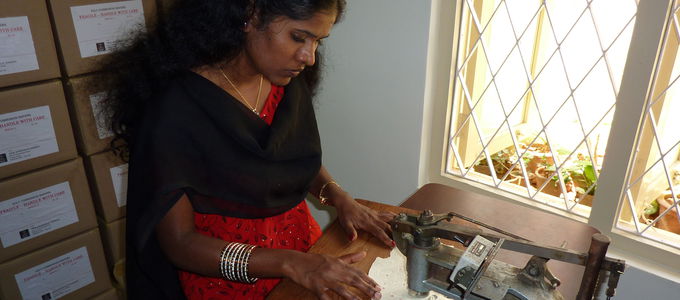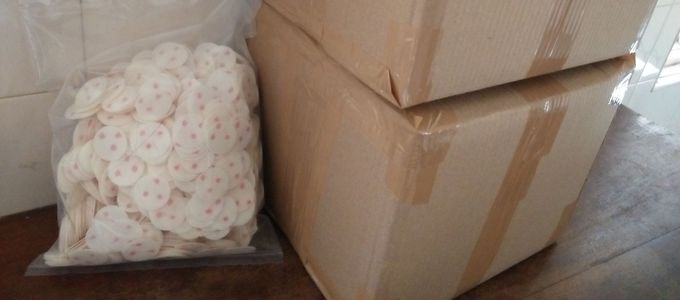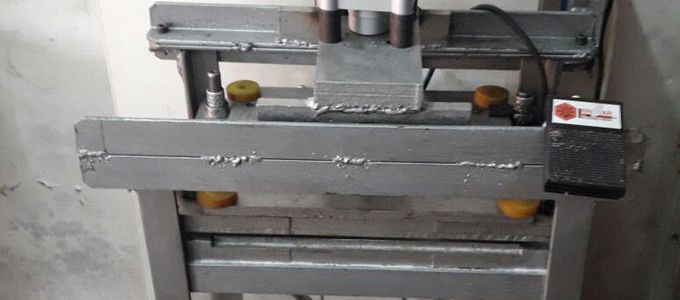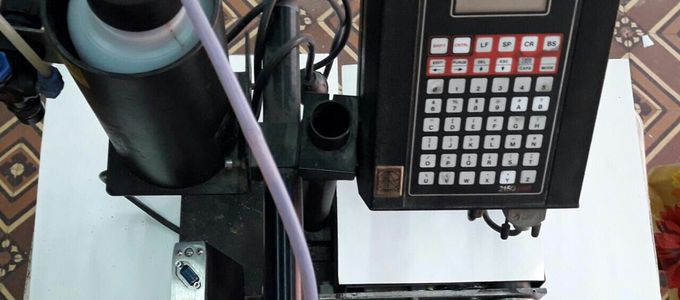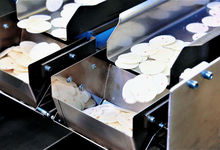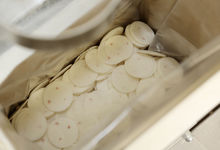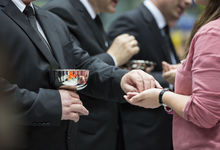Baking wafers outside of Bielefeld
Something has to happen when the machines run twice as quickly as originally planned. But even elsewhere, baking wafers is anything but child’s play – how production started in Africa, America, and Asia.
The Church-owned factory in Germany produced nearly 240 million wafers in the year 2001—more than ever before since its establishment 70 years prior. But this brought the production facility in Bielefeld to its limit. The future lay in Africa. It is there that the New Apostolic Church has the majority of its members. Beyond that, the transportation routes are shorter and the labour is cheaper.
The show gets on the road starting in March 2002, with the start of renovations to a former carpenter’s shop in Cape Town. Starting in October 2002, professionals begin installing machines—under the watchful eye of Bernd Nölke. The then director of the “mother bakery” monitored the technical installations all the way up to the start of the production phase at the start of 2003.
Twin sisters in Africa
In principle, the Cape Town facility has very similar equipment to the ones in Bielefeld—from the mixing machine to the oven to the humidifier to the wine dabber, the stamping machine, and the packing station. The difference: the facility in Germany operates in full automation. A conveyer belt brings the developing product from machine to machine. In South Africa, the wafers are transported from one machine to the next by hand—and on foot.
In the meantime, the wafer bakery in Cape Town has a twin sister in Lusaka. In comparison to Kenya and the Democratic Republic of Congo, Zambia exhibited the best conditions for further expansion in Africa. The planning began at the end of 2009, and construction started in mid-2011. In February 2012 the machines from Germany were delivered.
This was not without its obstacles, however—as Bernd Nölke, who also served as a “midwife” for this project, together with his colleague, Jan Tischendorf from Cape Town, explains. Even the access to the production facility had to be specially reinforced in order to assure the safe unloading of the apparatuses—which weigh several tons each—by crane.
Both dough and dabber have their quirks
Production in Africa is not without its own idiosyncrasies, however: in addition to what are sometimes very different qualities of flour, the climate is responsible for the most significant problems, relates Kahangu Mututa, managing director of the wafer bakery in Lusaka. The only thing that can mitigate the heat in summer is to throw some ice cubes into the dough mixture. Often, the batter has to be started all over again.
In the meantime, all of these early difficulties have been overcome, says Jan Tischendorf, chief baker in Cape Town. He could write entire novels about these issues, from the “toy compressor” that lost all of its air right from the start, to the dabbing plate that suddenly flew through the air, taking the wine bowl right along with it. Or the control units that tended to forget all about their programming.
Together, these three bakeries achieve an annual capacity of some 250 million wafers. Anyone who thinks this figure will help them calculate the number of people in attendance in the services is fooling himself, however. This is because—beyond the fact that midweek services are not a given everywhere around the world—there are still other production facilities even beyond Africa.
The oldest outposts
The oldest outpost is located in Bengaluru, in the administration headquarters of the New Apostolic Church India. The facility came into being between 1973 and 1974, and was financed by the District Church of Canada, explains Madhu Sankaran from the local church office. Two waffle irons, one dabber, and one stamping machine operate in the space of some 40 square metres there. The wafers are delivered by post throughout all of India and Sri Lanka.
The New Apostolic Church in Argentina owns not one, but two, production facilities. One of them was already installed before the turn of the millennium, while the other was only completed a few years ago, relates Elisabeth Köcher, who works in the church office in Buenos Aires. Both facilities are located in Buenos Aires, consist of three machines, and produce exclusively gluten-free wafers. This is sufficient to produce enough wafers, not only for Argentina, but also for Chile and Paraguay. And although the country of Uruguay basically produces enough wafers for its own consumption, it imports suitable wafers from Argentina for those who suffer from celiac disease.
In earlier times, the South Americans had purchased their wafers from an external factory, but each of these wafers still had to be hand-sprinkled with wine—just as in the early days days of the combo-wafers used in Germany.
Article info
Author:
Date:
Keywords:
Andreas Rother
09.09.2019
Zambia,
South Africa,
India,
Argentina,
Auxiliary institutions,
Germany


